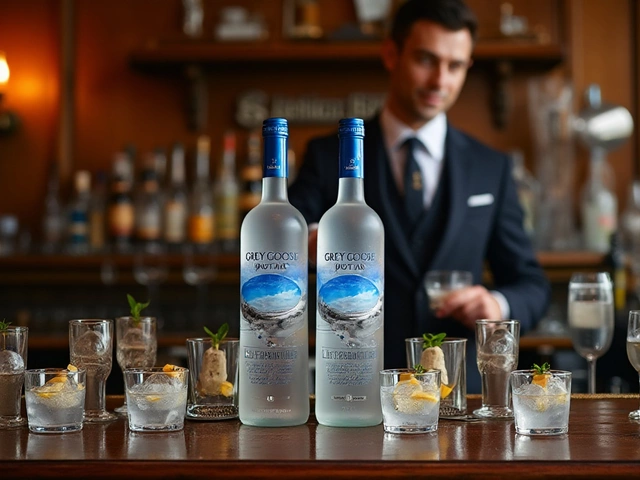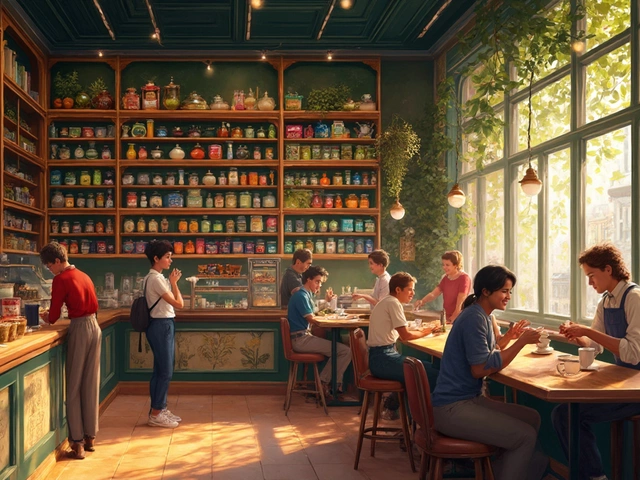History of Spirits – From Ancient Ale to Modern Liquor
If you’ve ever wondered why a gin fizz feels different from a rum punch, the answer starts with the history of spirits. Spirits didn’t just appear overnight; they’re the result of centuries of trial, error, and cultural exchange. Knowing the backstory helps you appreciate each sip, whether you’re at a bar or tasting at home.
The Early Roots of Distillation
Distillation began in the Middle East around the 8th century. Alchemists were trying to turn metals into gold, but they stumbled on a process that could separate alcohol from fermented mash. The first spirit was likely a crude brandy made from grapes or dates. From there, trade routes carried the technique to Europe, where monks refined it for medicinal purposes. By the 14th century, distillers in France and Italy were producing clearer, stronger drinks that we’d recognize as the ancestors of today’s brandy and grappa.
Key Milestones in Spirit Development
Fast forward to the 1600s: Dutch traders introduced the word “jenever,” the precursor to modern gin, to England. The British love for gin exploded during the “Gin Craze,” shaping London’s social scene. In the Caribbean, sugarcane molasses was fermented and distilled into rum, fueling colonial economies and pirate legends. Meanwhile, in Eastern Europe, potatoes and grain gave birth to vodka, a spirit that later became a global staple.
Whiskey’s story is equally rugged. Irish monks distilled a grain mash in the 12th century, and Scottish Highlanders soon followed, using peat‑smoked barley to create the smoky flavor we love today. Over the centuries, whiskey traveled with immigrants to America, morphing into bourbon and rye, each with unique legal definitions that protect their heritage.
Tequila emerged in the early 1800s when Mexican farmers began fermenting agave hearts. The spirit’s name comes from the town of Tequila, and it quickly became a national symbol. Today, mezcal and other agave spirits add more depth to the global lineup.
Modern times have seen craft distilleries remixing old recipes with new ingredients—think gin infused with exotic botanicals or whiskey aged in wine barrels. The history of spirits isn’t static; it’s a living timeline that reflects technology, travel, and taste trends.
Whether you’re curious about why bourbon tastes vanilla or why rum smells like caramel, the answer lies in the centuries‑long journey of distillation. Understanding that journey turns a casual drink into a story you can share at the next gathering.
So next time you raise a glass, think about the ancient alchemists, the daring sailors, and the craft distillers who all contributed to that moment. The history of spirits is as rich as the flavors they produce, and every sip is a chance to taste a piece of that legacy.
Curious about the oldest spirit drink? Explore how humankind first discovered distillation, what ancient societies drank, and which spirits sparked civilization’s love for strong liquor.
View Details

